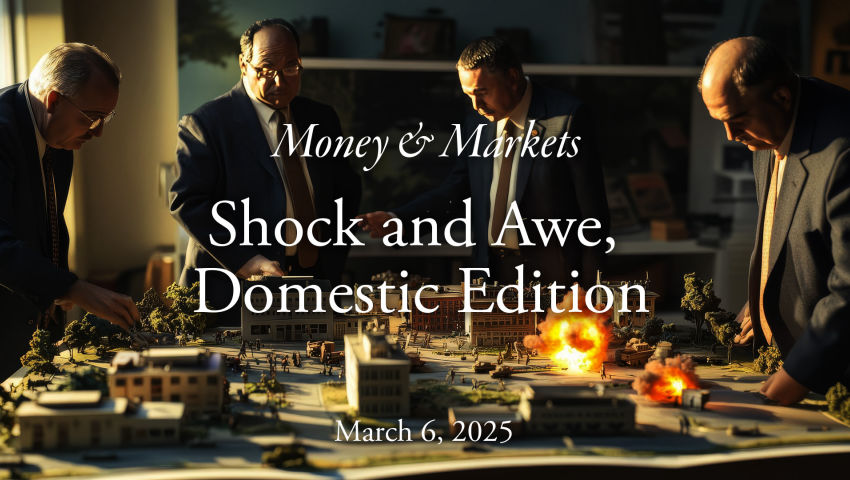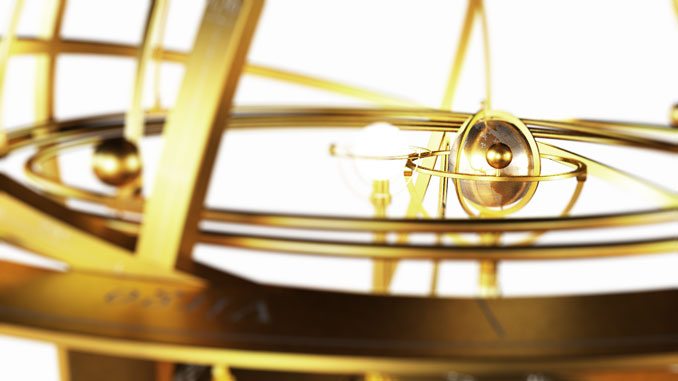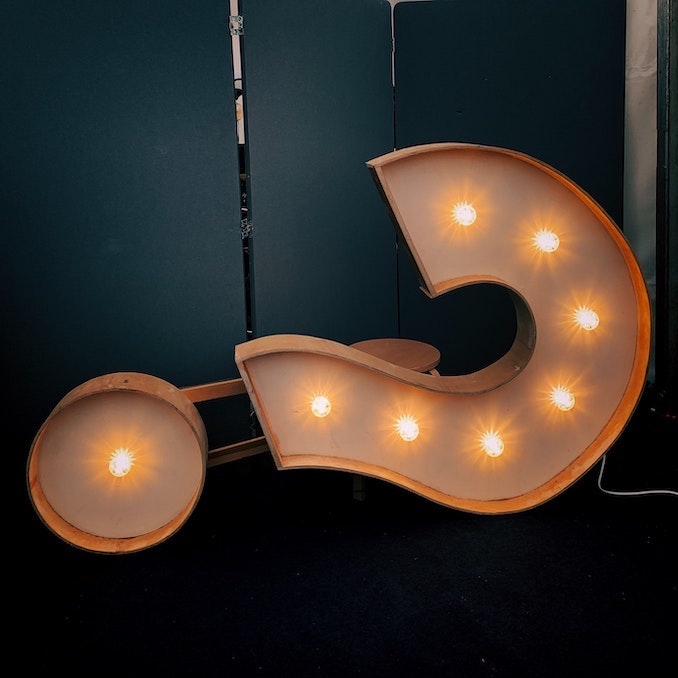There is a special calm and pensiveness about Ludovico Einaudi’s piano pieces that has earned him the love of the public.
The classically trained Italian composer—he studied at the Giuseppe Verdi Conservatory in Milan—started out very differently. Initially, he was part of the “avant-garde” of serial music, a further development of the twelve-tone technique that composed music using mathematical rules and proportions. The idea was to create “pure music” freed from redundancy and the “arbitrariness” of personal taste. Einaudi even worked with German composer Karlheinz Stockhausen, whose student he was for a time, when Stockhausen (known for his electronic and serial music innovations) taught in Rome. Einaudi was a rising star in the genre and admired by the critics.
Since then, Einaudi has moved far away from composing music based on strict quantified rules, and instead is writing sensitive pieces made of tiny, sometimes melancholy, motifs like thoughts emerging—soon replaced by another miniature musical musing. “Minimalist” is the term that would come closest to Einaudi’s own description of his work.
Today, he is no longer mentioned by the critics or the “avant-garde” that is quick to shun anything remotely hinting at a melody, but his music now is loved and heard by millions.
Related:









He’s one of my favorites, and probably the reason I paid for Pandora radio. A close second is Ólafur Arnalds. Many good works and moods in these composers.
So many words to work through and reflect on and try to make sense of. Thank GOD for Ludovico Einaudi’s music, letting me cry with sorrow and joy.